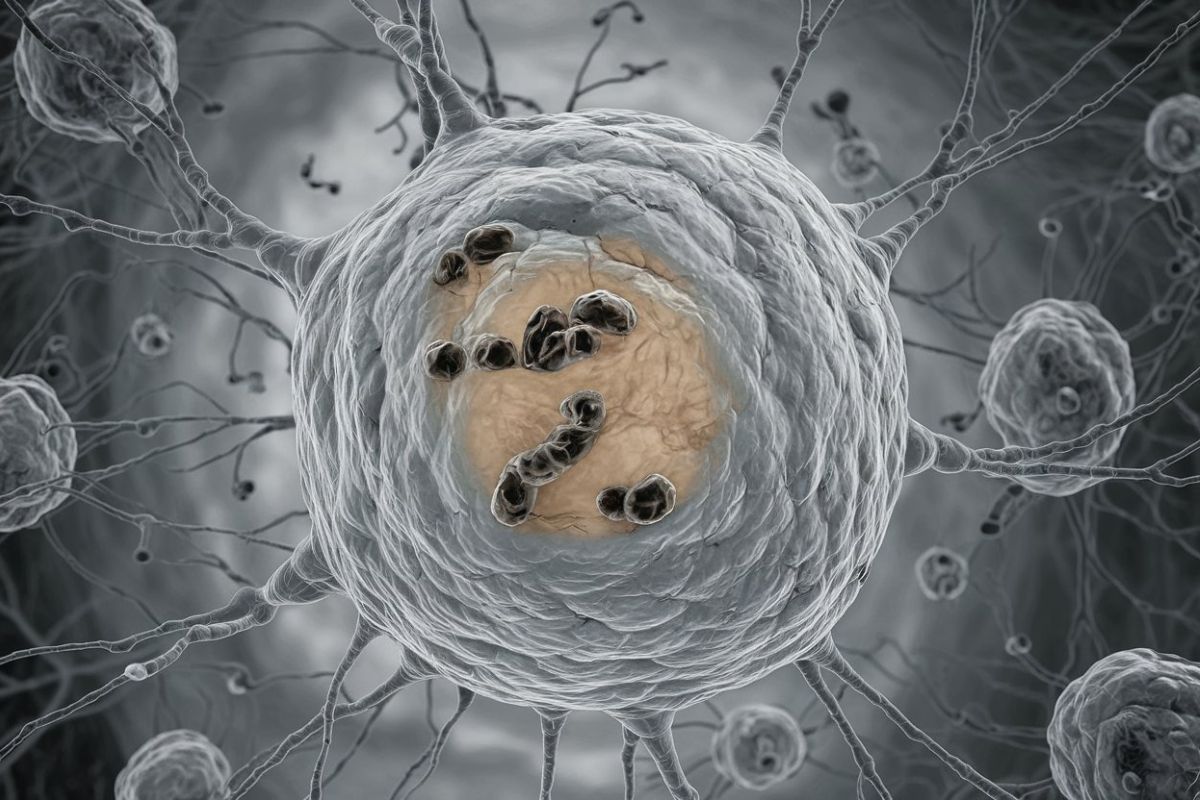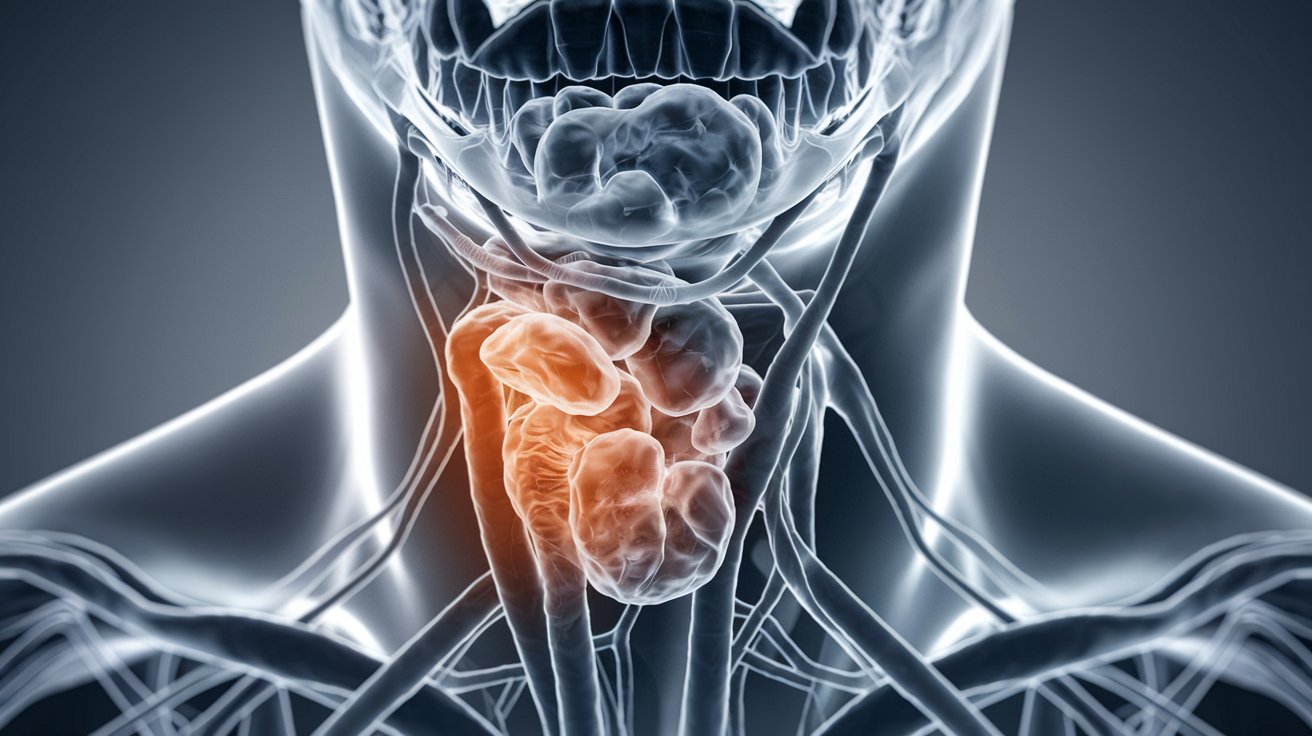
What is Nail-Patella Syndrome? Nail-Patella Syndrome (NPS) is a rare genetic disorder that primarily affects the development of nails, knees, elbows, and kidneys. This condition, also known as hereditary osteo-onychodysplasia (HOOD), is caused by mutations in the LMX1B gene and follows an autosomal dominant inheritance pattern. People with NPS often have underdeveloped or missing nails, kneecaps that are small or absent, and elbow deformities. Additionally, about 40% of those affected experience kidney issues, which can lead to serious complications. Understanding NPS is crucial for managing its symptoms and improving the quality of life for those affected.
Key Takeaways:
- Nail-Patella Syndrome is a rare genetic disorder affecting nails, knees, and kidneys. Regular monitoring and multidisciplinary treatment are crucial for managing the condition and improving quality of life.
- Support groups like Nail Patella Syndrome Worldwide offer valuable resources and community for individuals with NPS. Accurate diagnosis, effective treatment strategies, and regular care are essential for maintaining health and quality of life.
What is Nail-Patella Syndrome?
Nail-Patella Syndrome (NPS) is a rare genetic disorder that affects the development of various body parts. It’s known for its unique set of symptoms and complications. Let’s dive into some key facts about this condition.
-
Definition: Nail-Patella Syndrome is a rare genetic disorder impacting the development of limbs, kidneys, and eyes.
-
Genetics: NPS is inherited in an autosomal dominant manner, meaning only one copy of the mutated gene is needed to cause the condition. The LMX1B gene mutation is the most common cause.
-
Incidence: Approximately 1 in 50,000 individuals are affected by NPS.
-
History: First described by Chatelain in 1820, its hereditary nature was documented by Little in 1897.
Classic Symptoms of Nail-Patella Syndrome
NPS is often identified by a classic set of symptoms, known as the clinical tetrad. These symptoms primarily affect the nails, knees, elbows, and pelvis.
-
Clinical Tetrad: The classic clinical tetrad includes fingernail dysplasia, hypoplasia or absence of the patella, iliac horns, and elbow deformities.
-
Nail Abnormalities: Nearly everyone with NPS has abnormal nails. They may be missing, underdeveloped, discolored, split, ridged, or pitted. Thumbnails are usually the most severely affected.
-
Patellar Abnormalities: The patellae (kneecaps) may be underdeveloped or absent, often leading to knee pain, instability, or difficulty fully extending the knee.
-
Elbow Deformities: Elbow issues include limited motion or subluxation of the radius due to hypoplasia of the radial head. Elbows may also angle outward (cubitus valgus) or have abnormal webbing.
-
Iliac Horns: Bony growths on the pelvic bone, known as iliac horns, are common and visible on X-rays. These growths are usually asymptomatic.
Complications Beyond the Classic Symptoms
NPS can also lead to complications in other parts of the body, particularly the kidneys and eyes.
-
Renal Involvement: About 40% of patients develop nephropathy, which can progress to kidney failure. Proteinuria and hematuria are common signs.
-
Kidney Disease: Kidney disease significantly impacts the prognosis of NPS. Severe cases may require dialysis or a kidney transplant.
-
Glaucoma: Increased eye pressure (glaucoma) can develop early. Regular screening is essential.
-
Neurological Symptoms: Some patients experience numbness, tingling, or burning sensations in the hands and feet, along with cold sensations despite high temperatures.
-
Gastrointestinal Problems: Issues like constipation or irritable bowel syndrome (IBS) are reported by some individuals.
-
Bone Mineral Density: Reduced bone mineral density leads to an increased risk of fractures, especially in the hips.
-
Back Pain: About 50% of individuals with NPS experience back pain due to skeletal abnormalities and reduced bone density.
-
Cutaneous Manifestations: Skin changes include nail abnormalities and palmoplantar hyperhidrosis. Lunulae (the areas at the base of the nails) are often triangular.
Diagnosis and Genetic Counseling
Diagnosing NPS involves recognizing specific physical signs and understanding the genetic background. Genetic counseling is crucial for affected families.
-
Diagnostic Clues: Key diagnostic clues include hypoplastic or absent patellae, elbow deformities, and iliac horns. Loss of dorsal creases over the distal interphalangeal joints can also be a clue.
-
Genetic Counseling: Recommended for understanding the inheritance pattern and potential risks to offspring.
-
Family History: A detailed family history helps identify the genetic mutation and understand the risk of transmission to future generations.
Monitoring and Treatment
Managing NPS requires regular monitoring and a multidisciplinary approach to treatment.
-
Urine Albumin-to-Creatinine Ratio: Annual testing of the urine albumin-to-creatinine ratio is crucial. Abnormal results necessitate a referral to a nephrologist.
-
Treatment for Renal Disease: ACE inhibitors, like enalapril, are used to treat renal disease. Combining enalapril with losartan has shown success in achieving complete remission of proteinuria in some cases.
-
Surgical Interventions: Some patients may need surgery for kneecap and joint problems. MRI scans and a knowledgeable surgeon are essential.
-
Dental Examination: Regular dental check-ups every six months are recommended to monitor for dental issues.
-
Bone Density Assessment: Young adults should have their bone density assessed to check for osteoporosis, especially given the reduced bone mineral density in NPS patients.
-
Pregnancy Complications: Renal problems may worsen during pregnancy. Frequent urinalysis and blood pressure measurements are recommended for pregnant women with NPS.
Prognosis and Long-term Care
The prognosis for NPS largely depends on the severity of associated abnormalities, particularly nephropathy. Long-term care is essential for managing the condition.
-
Prognosis: Determined by associated abnormalities, mainly nephropathy. Complications can arise, especially in patients with renal involvement.
-
Complications: Nephropathy is the most serious complication, occurring in about 40% of patients. Severe cases can lead to death from renal insufficiency.
-
Long-term Monitoring: Periodic and prolonged follow-up is recommended. Annual monitoring for hypertension and renal disease, along with screening for ocular hypertension and glaucoma, is essential.
-
Interprofessional Team: An interprofessional team, including an orthopedist, nephrologist, ophthalmologist, and genetic counselor, is crucial for managing NPS and improving quality of life.
Support and Resources
Support groups and resources can provide valuable information and community for those affected by NPS.
-
Support Groups: Organizations like Nail Patella Syndrome Worldwide offer medical information, networking opportunities, and friendship for individuals with NPS.
-
Medical Information: Nail Patella Syndrome Worldwide publishes a quarterly newspaper and a medical brochure to educate patients and healthcare providers.
Diagnostic Tests and Treatment Strategies
Accurate diagnosis and effective treatment strategies are vital for managing NPS.
-
Diagnostic Tests: Include a detailed family history, urine albumin-to-creatinine ratio assessment, and imaging studies like X-rays and MRI scans.
-
Treatment Strategies: Managing kneecap and joint problems with painkillers, physiotherapy, splinting, and bracing. ACE inhibitors and other medications control proteinuria and hypertension for kidney problems.
-
Surgical Care: Corrective surgery for kneecap and joint problems should be performed by a surgeon familiar with NPS.
-
End-Stage Kidney Disease: Kidney transplantation is an option for patients with end-stage kidney disease. Renal involvement does not recur in the transplanted kidney.
Maintaining Health and Quality of Life
Regular care and monitoring are essential for maintaining health and improving the quality of life for individuals with NPS.
-
Dental Care: Regular dental check-ups and cleanings are essential to prevent dental issues.
-
Ocular Hypertension: Screening for ocular hypertension is crucial. Glaucoma treatment may involve eye drops or procedures to reduce eye pressure.
-
Bone Health: Maintaining bone health is critical. Regular bone density assessments and interventions to prevent osteoporosis and fractures are necessary.
-
Quality of Life: Long-term follow-up care is essential for managing NPS effectively and improving the quality of life for those affected by this rare genetic disorder.
Understanding Nail-Patella Syndrome
Nail-Patella Syndrome (NPS) is a rare genetic disorder with a wide range of symptoms. It affects nails, knees, elbows, and kidneys. Caused by a mutation in the LMX1B gene, NPS is inherited in an autosomal dominant pattern. Key signs include abnormal nails, missing or underdeveloped kneecaps, elbow deformities, and iliac horns. Kidney issues, such as proteinuria, can lead to serious complications like renal failure. Regular monitoring and early intervention are crucial for managing symptoms and improving quality of life. Genetic counseling helps families understand the risks and inheritance patterns. An interprofessional team approach ensures comprehensive care. Support groups offer valuable resources and community connections. By staying informed and proactive, individuals with NPS can navigate their condition more effectively.
Frequently Asked Questions
Was this page helpful?
Our commitment to delivering trustworthy and engaging content is at the heart of what we do. Each fact on our site is contributed by real users like you, bringing a wealth of diverse insights and information. To ensure the highest standards of accuracy and reliability, our dedicated editors meticulously review each submission. This process guarantees that the facts we share are not only fascinating but also credible. Trust in our commitment to quality and authenticity as you explore and learn with us.


